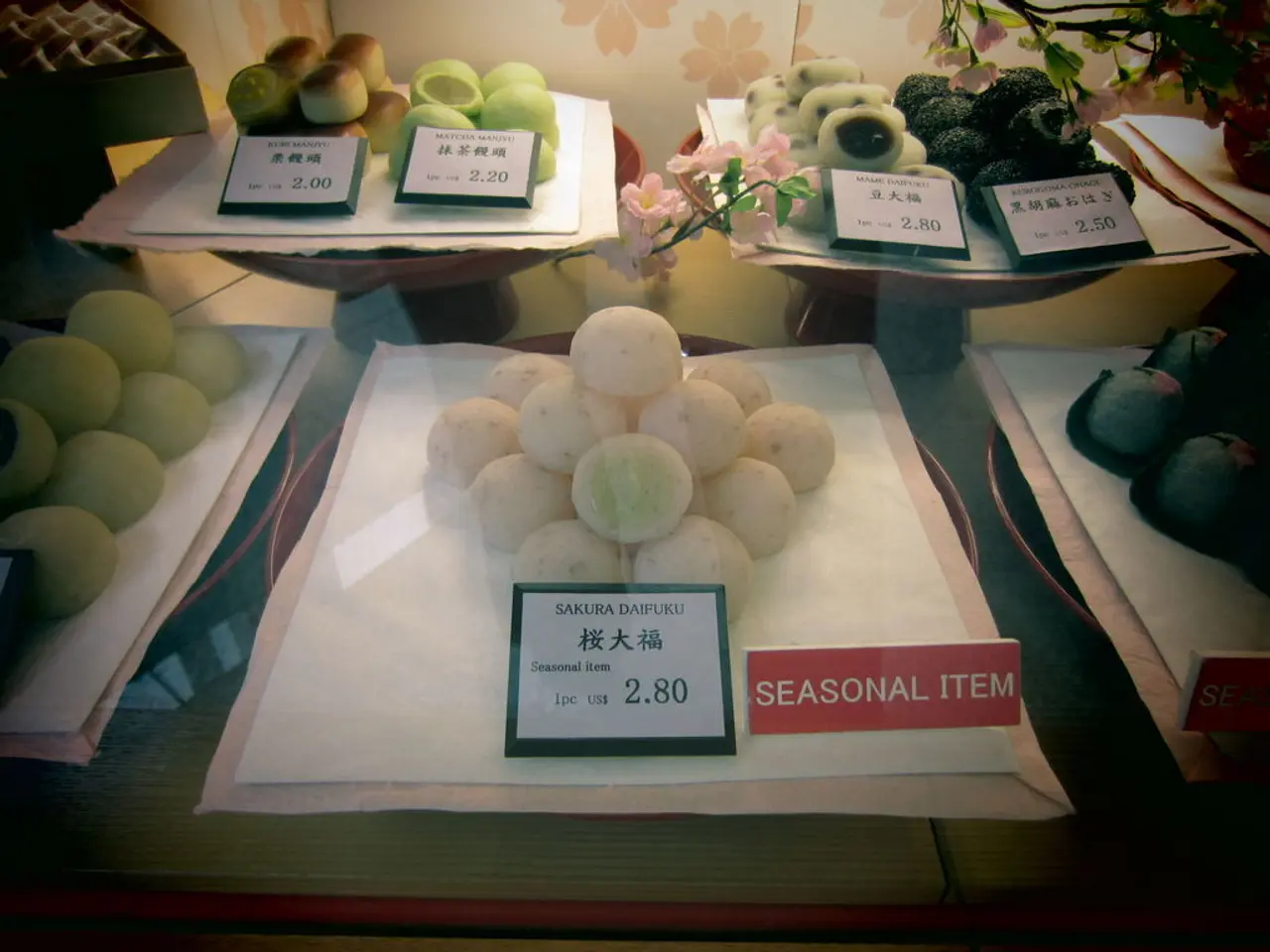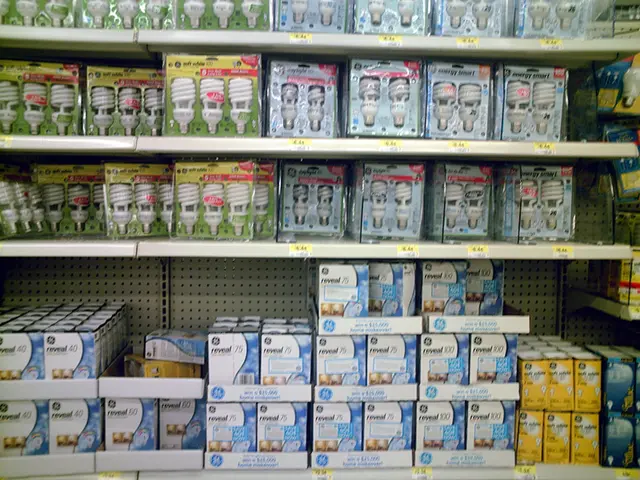Dynamic Demand Exceptions and Restrictions
Elastic demand is a fundamental concept in economics that explains how changes in price significantly impact the quantity demanded of a product. This article will delve into the key factors that influence elastic demand, including price sensitivity, availability of substitutes, luxuries, necessities, and time, as well as cross-price elasticity and income elasticity.
Cross-price elasticity is a measure of how sensitive the demand for one product is to changes in the price of another product. If the cross-price elasticity is negative, it indicates that an increase in the price of one product will lead to a decrease in the demand for the other product, a common occurrence with complements. Conversely, if the cross-price elasticity is positive, an increase in the price of one product will result in an increase in the demand for the other product, a common occurrence with substitutes.
Income elasticity, on the other hand, measures how sensitive demand for a product is to changes in consumer income. If the income elasticity is positive, an increase in income will lead to an increase in the demand for the product, a common characteristic of normal goods. However, if the income elasticity is negative, an increase in income will lead to a decrease in the demand for the product, a common characteristic of inferior goods.
Availability of substitutes plays a crucial role in demand elasticity. When there are numerous substitutes available for a product, even small price changes can lead to significant swings in demand. For example, if the price of a particular brand of coffee increases, consumers may switch to a different brand or even attempt to make coffee at home.
Luxury goods are generally more elastic than necessity goods. During tough economic times, people may choose to forego their luxury items in favour of essentials. This is because luxury goods tend to take up a smaller proportion of income, and consumers are less likely to buy them if their prices increase.
Brand loyalty can also affect demand elasticity. Consumers who are loyal to a particular brand are less likely to switch to a cheaper alternative, even if the price difference is significant. Marketing can influence demand elasticity as well, making a product seem more essential or desirable, thereby reducing its elasticity.
Postponability, or the ability to wait, can also impact demand elasticity. If a product can be postponed, consumers are more likely to delay its purchase if the price increases, especially if they can manage without it for a while.
Understanding these related concepts of elastic demand (cross-price elasticity and income elasticity) can help you make informed decisions about your purchases. By being aware of how changes in price and income can affect the demand for products, you can save money while shopping by choosing products that are less sensitive to price changes and more aligned with your income level.





